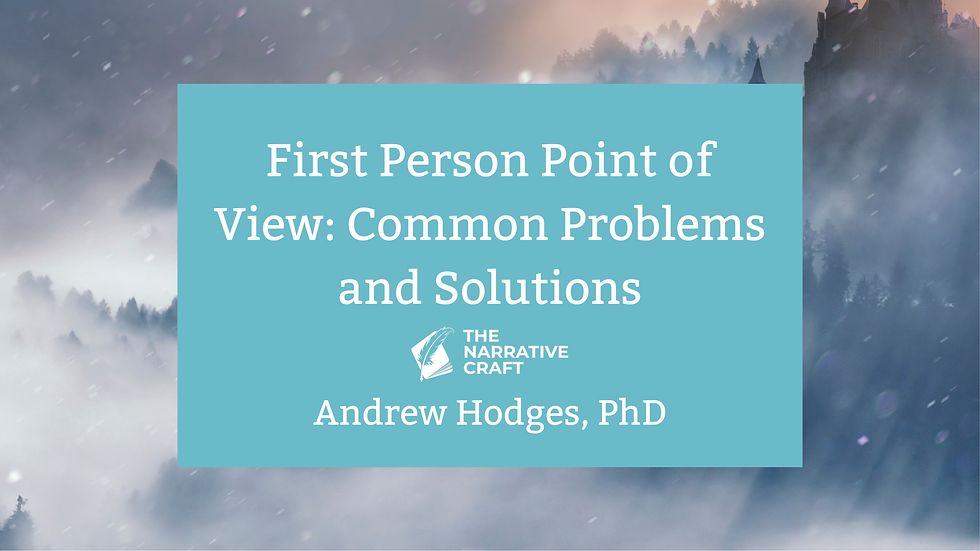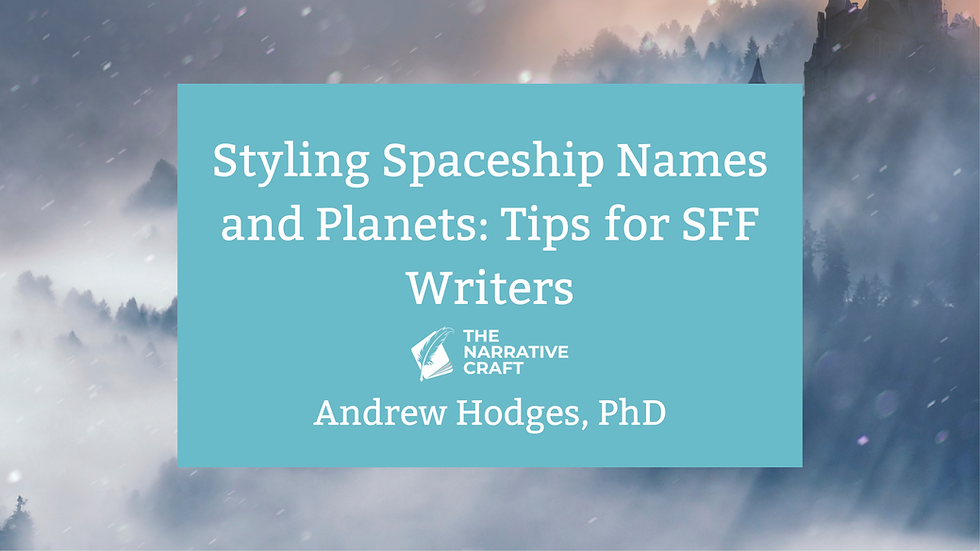Review: Ready Player One
- Andrew Hodges

- Jun 2, 2024
- 4 min read
Updated: Jul 2

What if immersive virtual reality technologies existed and were really really good? Better than the real world, in fact?
Ernest Cline's novel – awesome and icky in equal measure – explores a future world with dystopic elements, in which teams are hunting for easter eggs that Halliday, the inventor of this VR world, has embedded in the code.
The story is told through the eyes of Wade Watts (online avatar: Parzival) – an orphaned teenager living in the ‘stacks’ in Ohio, the mid-twenty-first century equivalent of a trailer park. The book is set in a dystopia in 2044. After multiple global catastrophes and scarce natural resources, most people live out large parts of their lives in a VR simulation of reality, the OASIS. This is mostly where the story takes place. The designer of the simulation, Halliday, has died and has left several easter eggs (a set of keys and gates to clear) in the simulation. The first person to find them all wins a large amount of money and access codes controlling the simulation among many other things. The easter eggs all link to 1980s Anglo-American and pop cultural references to do with famous shows, artists, videogames etc.

Professional bounty hunters (gunters) are searching for the easter eggs. An evil corporation (IOI) has a division of bounty hunters (Sixers) with the best resources at their fingertips.
Ready Player One scoresheet
Worldbuilding:
I found the world easy to plug in to, and it quickly sparked my imagination. I was born in 1984 and am maybe five or ten years too young to get most of the Anglo-American 80s pop cultural references. Readers who don’t know any of them would likely find the book frustrating or boring. However, if you can get 30% or more of the references then that’s enough to build a picture in your head and get a sense of the world being created.
The references gave the book a fan fiction vibe, but I didn’t feel like Cline was namedropping. It was clear he has a intense passion for this period.
Storytelling:
The basic premise of the story is a quest: can the underdog gunters and Parzival find the easter eggs before the Sixers?
Cline builds empathy for the main character, and suspense and tension, etc. The first person POV worked well as it was immersive, perfect for plugging the reader into the immersive VR system.
The plot development felt flimsy though. There was no deep conflict or betrayal, besides the Sixers versus. gunters opposition. The Sixers were the baddies who got their comeuppance, while Parzival seemed to coast through every challenge, test, or obstacle that came his way, much like a teenager playing a video game they know well.
The book’s messaging was incoherent, which I like. But some of the ideas – of nerdy heterosexual underdog boys from working class backgrounds taking out their anger on the world, buying guns etc., leaves an awkward stench, leaving this particular (privileged) white nerd experience unexamined.
Now, Cline is a screenwriter and this might explain why large parts of the book tended to shift between heavy exposition (painting and setting a scene) and dialogue. He can get away with this because the book strikes a deep chord for readers of a certain age, but it's not a great look.
Ready Player One falls down massively in its characterisation and the unquestioned male, heterosexual experience it draws on throughout. Most of the characters felt like afterthoughts; Art3mis’s character was more a reclusive teenager’s idea of a woman, and she functioned as a manic pixie dream girl in the story. She had no backstory and Cline barely developed her character. There were several transphobic comments in the book and Cline handled the part in which Wade Watts became morbidly obese badly. There were nods to diversity such as the character of Aech (his best friend, a male avatar, was a black lesbian woman), but it felt very much like attempts to convey a sense of diversity without really engaging with different sets of experience.
Conclusion:
Some reviewers have compared the success of this book to the Twilight series. The writing can be mediocre if a story works its way inside a person’s inner child and catches their imagination. Once that’s happened, you start seeing and imagining the world through the lens of the fantasy conceit and ideas at the heart of the book. This happened to me!
For success on this scale, there needs to be a big enough audience whose inner child’s imagination can be captured. To do that, an idea needs to speak to a social group’s experience and the ideas they have about the world – the younger the better. The world this book creates was, in part, the world of my childhood, playing Nintendo and SEGA Master System games; playing arcade versions of Pac Man at the local leisure centre. Because those experiences are so deeply buried yet not particularly examined, this world really came alive to me. And I suspect this will be true for many more people from my generation upwards in more Western environments.
Other reviews:
Photo by Matt & Chris Pua on Unsplash



Comments